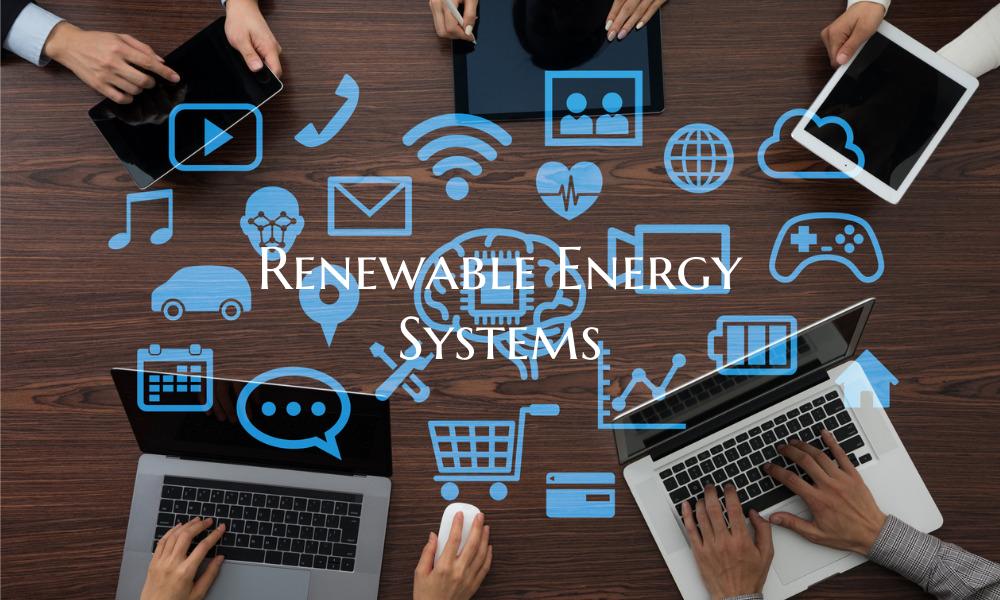Renewable Energy Systems
Renewable Energy Systems: Embracing a Sustainable Future
In the face of escalating environmental concerns and the urgent need to reduce our reliance on finite fossil fuels, renewable energy systems have emerged as a beacon of hope for a more sustainable future. These innovative systems harness natural resources such as sunlight, wind, water, and geothermal heat to generate clean and abundant energy while minimizing harmful carbon emissions.
Solar power stands out as one of the most widely adopted forms of renewable energy. Photovoltaic panels convert sunlight into electricity, providing homes, businesses, and communities with a reliable source of power. With advancements in solar technology and declining costs, solar energy has become increasingly competitive with traditional energy sources.
Wind energy is another key player in the renewable energy landscape. Wind turbines, both onshore and offshore, harness the power of the wind to produce electricity on a large scale. As wind power capacity continues to grow, it has the potential to significantly reduce greenhouse gas emissions and create new opportunities for economic development.
Hydropower, generated from flowing water sources such as rivers and dams, has long been a reliable source of renewable energy. By capturing the kinetic energy of moving water, hydropower plants can generate electricity efficiently and cost-effectively. Despite some environmental considerations related to dam construction, hydropower remains a valuable component of our renewable energy mix.
Geothermal energy, derived from the heat within the Earth's core, offers a sustainable and continuous source of power. Geothermal power plants utilize this heat to produce electricity and provide heating and cooling solutions for residential and commercial buildings. With minimal environmental impact and high efficiency rates, geothermal energy presents a promising opportunity for reducing carbon emissions.
In addition to these established renewable energy systems, emerging technologies such as tidal and wave energy are on the horizon, offering further potential for clean power generation.
As we navigate the transition to a low-carbon future, investing in renewable energy systems is paramount. By diversifying our energy sources and reducing our reliance on fossil fuels, we can mitigate the impacts of climate change, create new job opportunities, and foster a more sustainable society for generations to come. Embracing renewable energy systems is not just a choice; it is a necessity in building a brighter and cleaner future for our planet.

